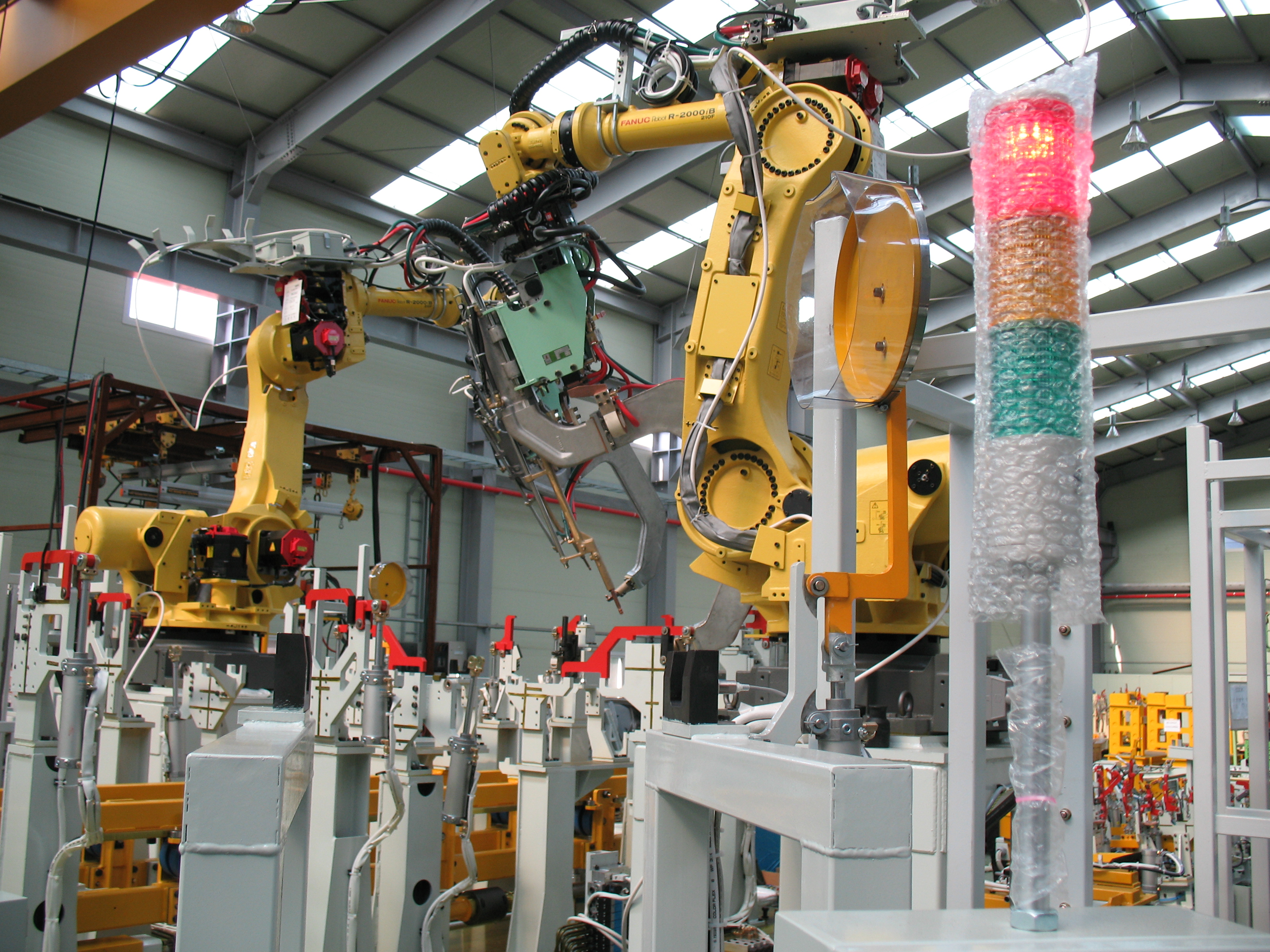ace it, waste happens. Every supply chain must deal with it. That’s why there are waste management companies and solutions, though they have been hampered by inadequate information flow, which leads to another form of waste – that of time and energy. Now, IoT is enabling smarter solutions, and rapid-application development (RAD) platforms make it faster and easier to implement effective waste management.
UK-based ISB Global, a Value Added Reseller (VAR) of SAP software solutions, is also a Software Solutions & Technology Partner (SSTP) for Waste & Recycling One. That software solution, based on SAP Business One ERP platform, creates smart waste management application based on analytics and mobility.
Below is the video in which ISB describes how its smart bins systems increase efficiency, lowers logistical costs, and reduces carbon emissions as a result. It also automates the process of identifying the best route for the day’s waste collection needs and the generation of bills based on real time data on the work done.
The sensors pick up on how full the bins are to put in the information that optimizes the pick-up time to when they are full but not yet overflowing. Bluetooth Beacons provide location trackers that can ascertain that they are located where they should be to avoid any confusion or delay for pickup.
Read more in











